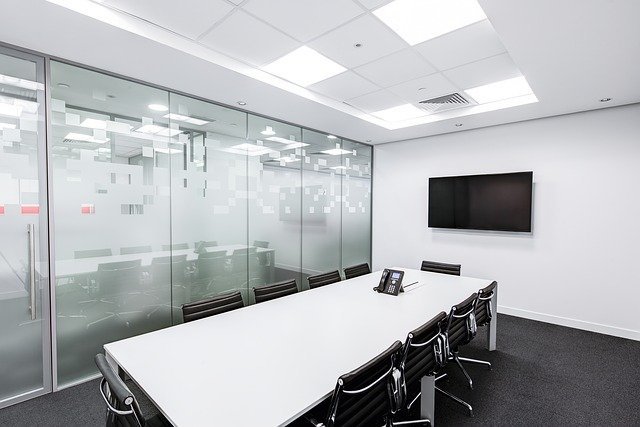Remember when we used to have physical meetings? Remember when there were actual, physical Board meetings – you know, where everyone was in the same room? When you used to negotiate with someone face to face? When you used to sit together and discuss strategy? Or when you used to pitch for business in the presence of real people making the decisions?
Those days will eventually return. And when they do, it might be worth remembering that the act of choosing where to sit in a meeting room carries potentially important psychology.
“Where do you normally sit?”
I have always regarded it as basic politeness that, when you go for a meeting in someone else’s office, before plonking yourself down wherever you see fit, to ask your host where they prefer to or usually sit.
People are creatures of habit and that habit extends to having their own favourite seat. Admit it, you have your preferred seat in your own home or at your own table. This is especially the case in their own offices or in their own meeting room. If you are a visitor to their office, then that means that you are likely to be asking for something, or pitching for business, or doing some work or reporting to a line manager. In which case, not only is it courteous, it is also expedient, to ask where your host prefers to sit, and then to avoid sitting there.
A Polite Request
My former colleague at the JLC, Marc Levy, remarked in our final staff meeting that he had learned from me, when visiting an MP in their office, to ask where they prefer to sit in their office. He quipped that there were now two of us who routinely did this. I have to say, I thought this was basic politeness, but it is clearly not self evident. So, do you do it?
I know that, when people visited me, my Virgoan nature had me always sitting in the same seat at my meeting table. I used to get quite anxious if somebody sat in my usual seat. So think about it. Are you the same? If so, be aware of where your host would wish to sit.
The Perils of Where to Sit at a Board Meeting
When it comes to Board Meetings, the politics of where to sit in a meeting room are also interesting.
First Among Equals
The starting point is where the Chair sits. There are different management theories for each type of position.
Supposedly, it is a sign of equality and humility for a Chair to sit in the middle of one side of a table. Famously, this is where the UK Prime Minister sits in Cabinet. This is because the PM is regarded as being “first among equals”. Indeed, if you ever visit the Cabinet Room when empty, as I have done, the PM’s chair is set at an angle, to indicate that nobody else should sit there.
The Head
Other Chairs prefer to sit at one end of the table, where they can see everyone more easily.
That is my preference. I prefer to see everybody. I do not view this as a matter of status – I simply view it as more efficient.
Which End of the Table?
My predecessor as Chair of the RFL used to chair from the end of the table that had the screen behind him. This meant that he had to move out of the way of the screen so he could see it and others could see it every time there was a presentation or somebody was joining remotely.
When I became Chair, I switched ends and sat where I could see the screen. At the very least, this saved time not waiting for chairs to be adjusted each time there was a presentation, which could have been 5 or 6 times per meeting.
Sitting in the Same Place for Each Meeting
Have you also noticed that people like to sit in the same seats at Board meetings?
This is doubtless due to habit. Many people become most discombobulated if they have to move to a different seat. As a new Board member on the RFL, I once sat in the seat that the CEO had sat in for the last umpteen years. It was found to be most disconcerting.
Funnily enough, at Swim England Board meetings, there were no set places, and people sat in different places. Something in the water perhaps?
So, a tip for those new to a Board of Directors or Trustees; when deciding where to sit in a meeting room, ask where you should sit or where not to sit before your first meeting. It could have a dramatic effect on the impression you leave.


